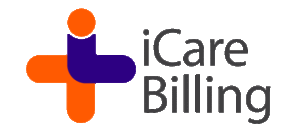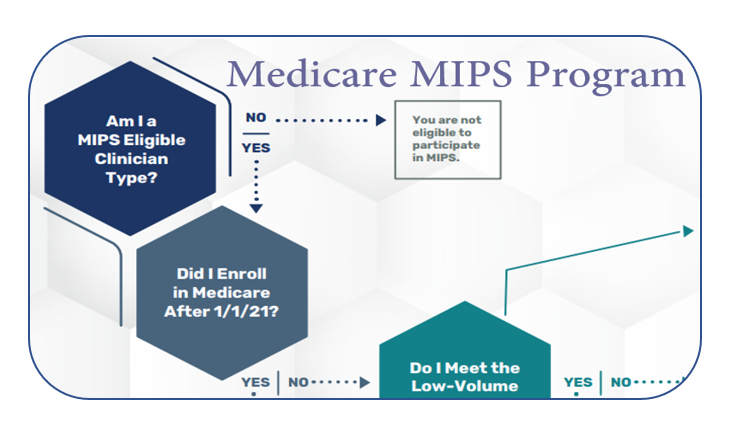Updated: November 27, 2021
In the healthcare industry, the medical billing and collection process is being considered the most complex process as the whole business and profitability relies on it. A good medical billing services company has extensive knowledge of denial management in healthcare to succeed in the process and to get the physicians paid faster. That is the reason healthcare providers prefer Outsourced Medical Billing Companies to take over their medical billing and collection process so they could have more time to focus on patient care, healthcare research and adopt unique ways to improve patient care.
What is Billing and Collection Process?
The Medical Billing and Collection Process is to enter the patient demographic information and insurance information into the medical billing software, prepare healthcare claims from clinical documents, perform a pre-submission audit, submit the claims to insurance carriers, fix rejection and denials to get the claims paid to the provider office. Due to its complicated nature, most healthcare providers prefer outsourced medical billing companies to work on the medical billing side of their business.
Patient Demographics Entry after Registration
The process of Medical Billing starts from the patient registration. When a patient calls in and asks for an appointment, the front desk receptionist registers the patient’s appointment. If the patient is new, upon vising the provider’s office, all the demographic and insurance information is taken to enter in the Practice Management Software.
Patient Insurance Eligibility & Benefits Verification
When the patient information is entered in the Medical Billing Software, insurance eligibility is being checked to ensure the accuracy of not only the patient information such as Patient Name, Date of Birth, Address but also the insurance information such as Insurance Name, Insurance Member ID and Insurance Policy Group Number. In some cases like Home Health Billing Process, patient benefits are also being verified to ensure that when the claim will be submitted, it should be covered by the insurance company.
Patient Charting in the Electronic Health Record
When patients visit the clinical office in the example of face-to-face encounter or have a virtual appointment and are being treated by the physician’s office, then a patient chart is created in the EHR/EMR Software. There is a slight difference between EHR and EMR but we will go into the details in a separate article. Once the physician identifies the reason for illness and services provided, relevant services are being selected in the EHR Software and the claim is being coded.
Healthcare Claim Coding
In the healthcare industry medical billing and coding, services are correlated to each other. If practice is not using any EHR Software and their office workflow is manual, then they need the coder to decide about the diagnosis and procedure code and even in some cases, EHR users do need this service. In general, doctors know the diagnosis codes and procedure codes (ICD & CPT Codes) and they select to create an encounter or healthcare medical claim.
Healthcare Claim Entry in the Medical Billing Software
If the healthcare practice workflow is automated, then there is no need for manual entry but if that’s not the case, then the medical billing team has to enter the healthcare claim into the Practice Management Software to submit to the insurance company. Each CPT code has its own charge amount and all the fee schedules are being managed in good medical billing software. We will dive deeper some other day in another article about the Physicians Fee Schedule and how this can help to increase practice revenue.
Medical Claim Submission to Insurance
Medical Billing Companies’ expert team of billers is expert in doing the pre-submission claim audit to ensure accuracy. A good medical billing software does have the functionality to run the claim for all possible errors generally called “Claim Scrubbing Tool”. Once everything seems okay, the claim is filed with the insurance company.
Medical Bill Collections Process
Once the claim is submitted, medical directors or in some auto accident cases medical claim adjusters review the claim and make the decision for reimbursement. Once the claim is finalized to pay then insurance releases an ERA (Electronic Remittance Advice) or EOB (Explanation of Benefit). These payment notifications are for patients, providers, and for medical billing companies. This doesn’t happen the same way and sometimes the claim gets denied as well.
Negotiate Medical Bills in Collections
When the claim is denied, then medical billing company experts have to engage with the insurance company to check the denial type, insurance company rules, claims timely filing limit, services coverage based on the patient plan to get the claim paid. Denial Management in the healthcare industry always plays a vital role to succeed in getting paid the claims faster and collecting every dollar.
Medical Bill Payment Posting
Once the payment is issued by the insurance company, all payment details are being updated in the Practice Management Software. Payment posting helps to determine if there is any patient responsibility left by the insurance to bill the patient.
Healthcare Claims Patient Billing
If there is any patient responsibility left after the claim is processed, that will be sent to the patient unless the patient paid in advance at the time of visit. The most patient knows about their PCP Copay and Specialist Copay and their Co-Insurance and Deductible Amount. Once the patient receives the statement and makes a payment then it will be applied to the patient account in Medical Billing Software.
If you need help in learning how iCareBilling can help you to streamline your office workflow to get you paid faster and take care of all the Medical Billing and Collection Process, Contact Us today to schedule an appointment with a Medical Billing Expert. Our goal is to help the healthcare providers so they could be more efficient in their work and let the Medical Billing task to us so we could take care of it for you.

